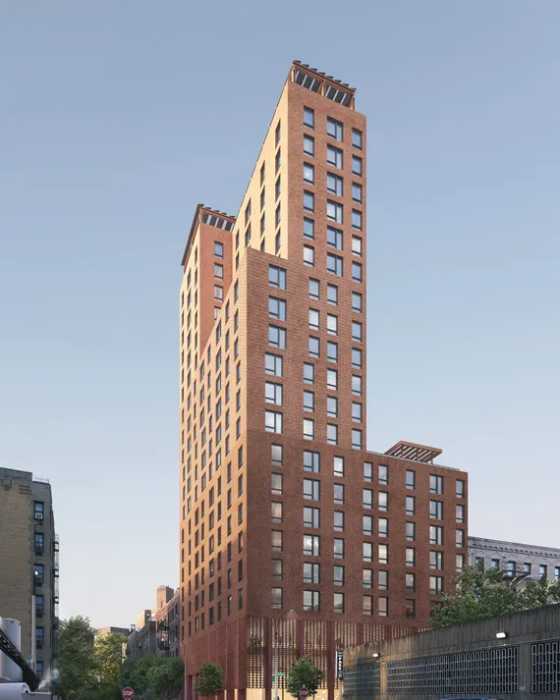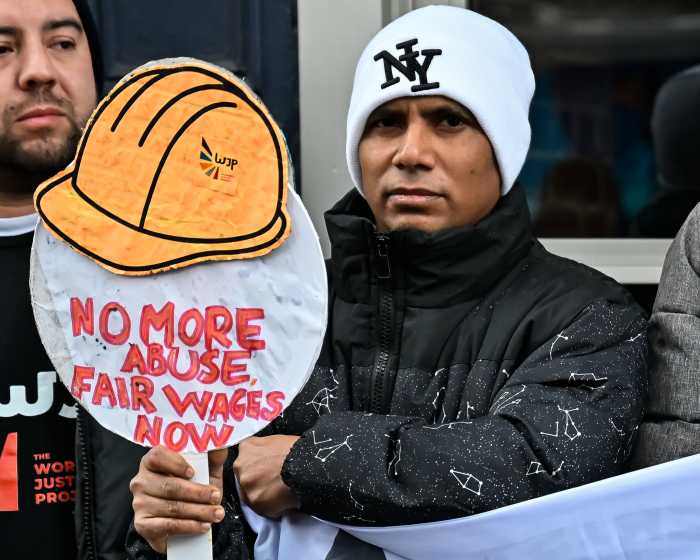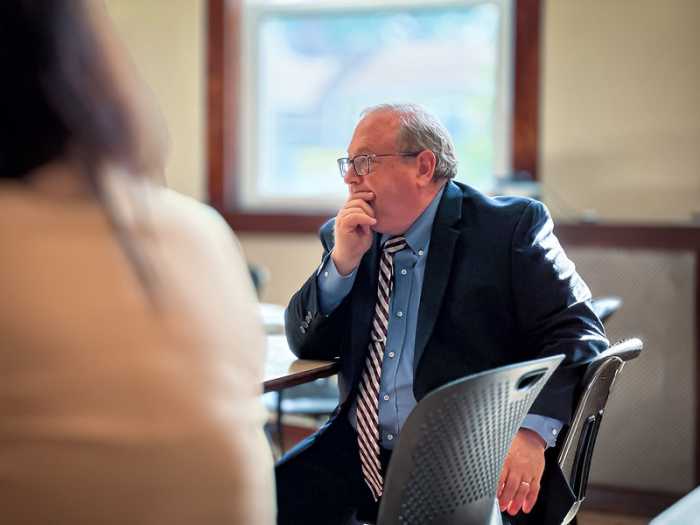A day after the MTA won a court ruling allowing New York to keep getting critical transit funding from the federal government, the agency announced another major milestone for congestion pricing.
The controversial toll program in New York City has generated $215.7 million year to date so far in 2025. It collected $56.7 million in April alone, agency leadership said.
“We continue to be on target with our projections,” Jai Patel, co-chief financial officer for the MTA, said.
The revenue collected in April is just below the $58.4 million the agency generated in March.
Drivers entering Manhattan south of 61st Street have had to pay a base toll of $9 since Jan. 5. Fees vary depending on the time of day and the type of vehicle. The year-to-date revenue generated keeps the MTA on track for its $500 million goal for 2025.
According to the MTA, congestion pricing tolls are intended to pay for improvements to the city’s public transportation system, including updated signaling on segments of busy train lines, new electric buses, structural repairs and the Second Avenue Subway extension into East Harlem.
But the program is not without its challenges, mostly from the federal government, which has been attempting to cancel the program since Feb. 19 when U.S. Department of Transportation (USDOT) Secretary Sean Duffy revoked federal approval of the program that was given under former President Joe Biden’s administration.
Gov. Kathy Hochul and the MTA responded the same day with a lawsuit.
The MTA’s ongoing legal battle for congestion pricing
The MTA won a battle in federal court on May 27, when Judge Lewis Liman blocked the USDOT from making retaliatory funding cuts against the state of New York as the fate of the tolls continues to play out.
The block, which is also referred to as a temporary restraining order or TRO, is in effect until June 9.
But a spokesperson for the USDOT said the TRO is only a “temporary pause” to have more time to reach a ruling. The federal department has said congestion pricing is a toll on working-class families and business owners.
“The judge’s ruling today was not on the merits of our case against Hochul’s class warfare, but rather a temporary pause to have more time to reach a decision,” the USDOT spokesperson said. “Enforcement actions for noncompliance were merely under consideration, and we will comply with the judge’s request to hold.”
The USDOT’s argument is that the tolls are unlawful, as there is no toll-free way to enter the congestion-relief area in Manhattan.
“We look forward to making our case in court against Hochul’s illegal tolls as we work to protect working-class Americans from being unfairly charged to go to work, see their families, or visit the city,” the spokesperson said.
Meanwhile, transit advocacy groups applauded both the financial achievements of congestion pricing and its win in court.
“Traffic is down, business is up and congestion pricing works,” Lisa Daglian, executive director of the Permanent Citizens Advisory Committee to the MTA, said. “The cameras are staying on, and we thank Judge Liman for his ruling.”
Danny Pearlstein, policy and communications director of the Riders Alliance, said the court decision is a “victory for millions of transit riders” in NYC.
“New York riders are proud to stand shoulder to shoulder with the MTA, New York City and state in defense of our way of life,” he said. “We are eager to keep saving time on the bus and look forward to more reliable and accessible subways thanks to this policy that continues to win support.”






































